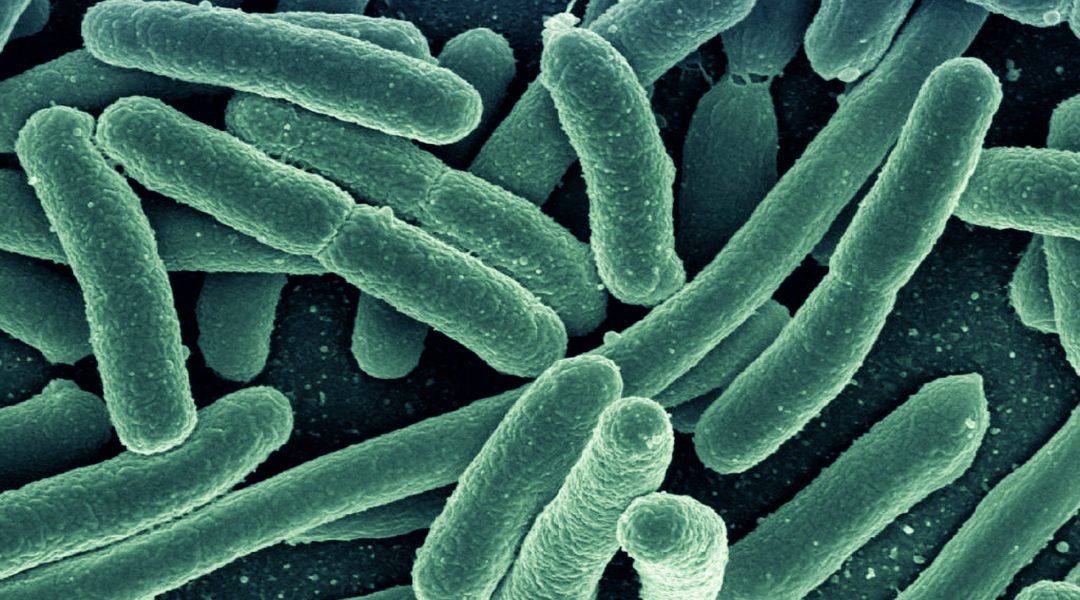Bacterial infections present a real threat to the health and well-being of each person on earth. Ever-increasing use and abuse of antibiotics, coupled with their limited lifespan, has resulted in the emergence of multidrug-resistant organisms that pose immense challenges to researchers.
Typically, nanophase materials have attracted much attention as antibacterial materials. Gold and silver nanoparticles and graphene oxide, for example, have shown promising results; however, instability in the environment, high cost, and inadequate understanding of long-term environmental effects, respectively, limit their use.
Antibacterial polymer-based nanomaterials, on the other hand, can provide a cheaper, more environmentally friendly alternative. Furthermore, their nanostructure morphology can be tuned to achieve desired results. One limiting factor to date, however, is the reusability of these polymer-based materials. Over time, bacteria have been shown to strongly adhere to the materials, where they remain resistant to other methods of treatment.
To overcome this issue, researchers from the College of Textiles and Modern Textile Institute at Donghua University have developed a series of guanidine-based nanogels with durable antibacterial and bacterially antiadhesive properties.
Nanogels have a large specific surface area, making them efficient antibacterial materials. They can be used as stand-alone materials or grafted onto other surfaces such as cotton fabric for functional application.
The designed nanogels have a spherical, core–shell structure of hydrophilic macromolecular chains surrounding a polymer-based core. This core–shell structure has promising antibacterial effects, as the long surface chains can penetrate the bacterial cell membrane.
Antibacterial action comes from the ability of the nanogels to disrupt the cell membrane. Dose-dependent cytotoxicity was demonstrated using E. coli and S. aureus. A low dose, around 30 μg mL−1, of nanogel caused partial deformation of the cell, which is attributed to membrane damage and some cytoplasm leakage. Meanwhile, a higher dose, up to 120 μg mL−1, caused widespread cell lysis and significant cytoplasm leakage, due to substantial cell membrane disruption.
Demonstrating their functional application, surface-modified nanogels were covalently conjugated onto the surface of cotton fabrics. This grafting approach maintains the original feel of the fabric, while retaining the nanogels antibacterial properties. After 50 washes the inhibition rate of the fabrics on E. coli and S. aureus dropped from 94.3.0% to 86.23%, and from 96.2% to 88.9%, respectively. These inhibition rates remain higher than AAA-class antibacterial textiles (70% for E. coli and 80% for S. aureus).
The researchers suggest that this simple and versatile nanogel grafting method could be applied to other natural fibers. Modification of the approach could also result in additional functionalities and applications.

















